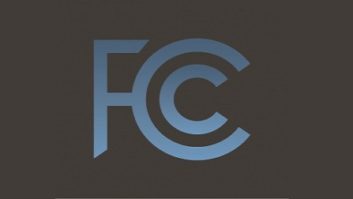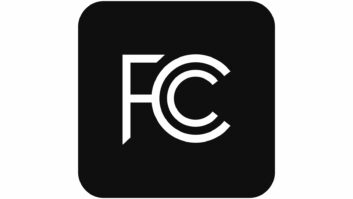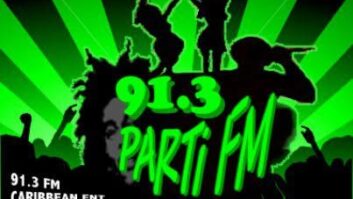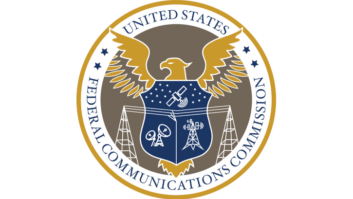The FCC has announced that asymmetric FM HD Radio operation may now be initiated through a simple form notification, paving an easier path for stations to transmit with different digital sideband power levels.
Previously, stations using HD Radio had to operate with equal IBOC sideband carriers — unless they received approval through an experimental or special temporary authority.
As we reported when the commission first announced this move, supporters feel it will allow stations greater flexibility to maximize HD Radio coverage areas, while the asymmetric nature offers protection for adjacent analog stations — 105.9 on the high side of 105.7, for example.
Jeff Detweiler, the senior director of business development at Xperi, said the move affords broadcasters both operational flexibility and resource efficiency, which can promote quicker deployments of HD Radio, as well as regulatory clarity, which helps stations understand their power limits and ensures compliance with the commission’s regulations.
“We understand that the FCC may adjust the rules further in the future, depending on the impact of digital radio operations on other users,” Detweiler told Radio World.
How to file for asymmetric operation
The commission made the move official via a public notice released on May 23. The authorization applies to FM stations running HD Radio between 88.1 and 106.9 MHz.

Stations need to use Form 2100, Schedule 335-FM, to provide the commission notice that they intend to use different power levels on their IBOC sidebands.
A station can begin using asymmetric sideband power immediately upon filing the form and can continue unless notified by the FCC that the operation is non-compliant.
The station’s notification must include a certification that the proposed digital sideband power on each sideband conforms to authorized power levels.
Xperi sees many opportunities
The push for disparate digital sideband power dates back to 2011, when the FCC sought comment on a proposal brought forth by NPR and iBiquity — then the owner of the HD Radio technology — to permanently authorize voluntary asymmetric digital sideband power. But the proposal closed without action.
So Xperi, NPR and NAB again proposed rulemaking in 2019 regarding the voluntary authorization of asymmetric digital sideband operation.
“Currently, if the interference potential from each digital sideband differs due to variations in geographic spacing or power levels of the upper and lower first adjacent stations, the digital station must set its digital power based on the most restrictive interference scenario,” Xperi wrote in its 2019 proposal.
As Radio World reported in September, Xperi studied more than 10,000 FM stations in the U.S. and concluded that 3,496 of them could increase one sideband to –10 dBc. Another 532 could increase one sideband’s power to between –14 and –10 dBc. The report said this would result in an overall increase in digital power, even if it is below the full –10 dBc level.
A brief digital power primer
dBc stands for decibels relative to carrier.
If a station is transmitting its HD Radio digital sidebands at –10 dBc, they are operating at 10 decibels below the analog FM carrier’s ERP — or 10%. Originally, –20 dBc was the digital power limit when the HD Radio technology was first launched, which is just 1% of the analog ERP.
Currently, no station may operate its digital carriers with a total effective radiated power in excess of −10 dBc.
With asymmetric sidebands, the total digital sideband power also must not exceed the total power that would be used if the digital sideband operation were symmetric, according to the commission’s rules.
Air band interference worries
In the 2019 proposal’s comment period, the Air Line Pilots Association International raised concerns about possible interference to navigation systems used by pilots from 108.0 to 117.975 MHz.
[Related: “Aviation Groups Ask for Caution on Asymmetric Sidebands”]
As a result, stations from 107 MHz and above are excluded from the FCC authorization. Broadcasters on those five channels must seek experimental authorization to transmit IBOC signals with asymmetric power levels.
(Read the FCC’s public notice dated May 23.)
Radio World welcomes letters to the editor on this or any story. Email radioworld@futurenet.com.







